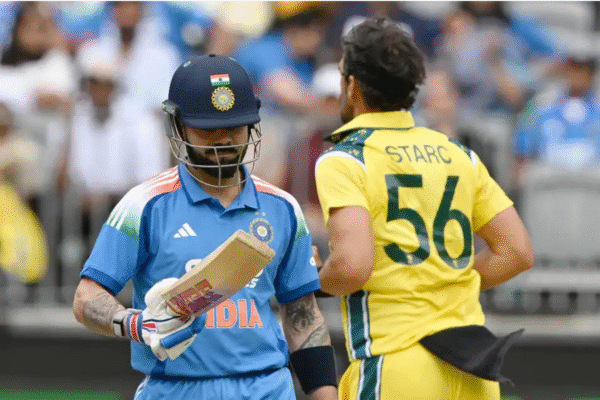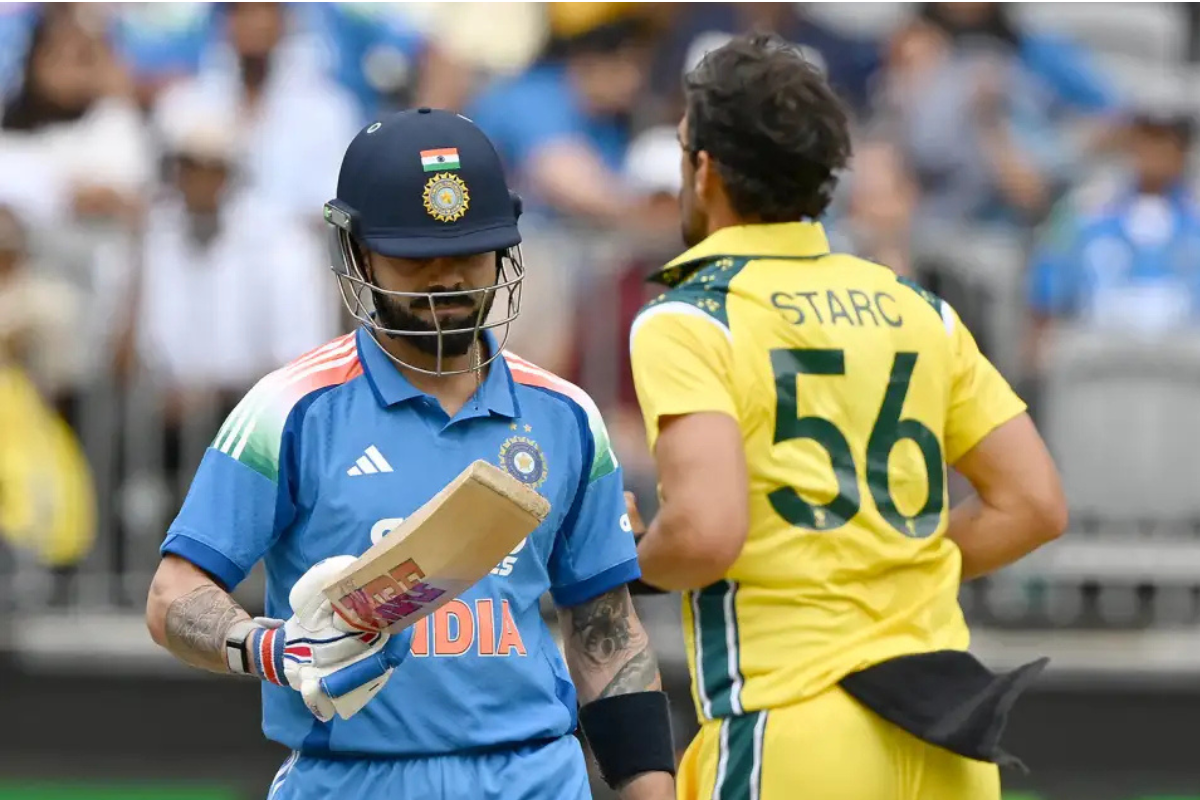
The second ODI will be played on October 23 in Adelaide.

The AUS vs IND 1st ODI was special in more ways than one. It marked the start of a new era under the leadership of Shubman Gill, with deputy Shreyas Iyer. It also marked the return of Rohit Sharma and Virat Kohli, who played for India after a gap of seven months. All-rounder Nitish Kumar Reddy made his ODI debut. However, the result of the rain-curtailed match was not in favour of the visitors. With the World Cup 2027 fast approaching, the management will take some notes from this match.
Let’s look at three takeaways for the Indian team from the Perth ODI, keeping the WC in mind.
Details of India’s tour of Australia 2025
KL Rahul, an opener, is best suited for the No.4 or 5 spot. He has batted at No.5 in most of his ODI career (31 out of 86 matches), and also made the most runs (1,299) from the same spot. Though the Karnataka player is versatile, having batted at all positions from 1 to 7, he shouldn’t be moved out of his comfort zone. Given Rohit will continue to play till the WC, and open with Gill, followed by Kohli at No.3, Rahul is India’s best bet at No.5.
Rahul is a one-of-a-kind player, but he also takes unnecessary pressure while already batting outside his comfort zone. We’ve witnessed in the past how he faltered when moved around too much. To bring the best out of KLR, he should consistently bat at No.5, something which wasn’t followed in the 1st ODI. After Gill walked out, India should’ve sent Rahul to stitch a partnership with Shreyas. Instead, Axar Patel was promoted up the order. However, the 33-year-old was still India’s top scorer today with 38 runs.
ALSO READ:
Despite a batting collapse today at Perth, India have a solid line-up. It was a rare day at the office for the star-studded top-order of Rohit, Gill, and Kohli to fail. A high score is guaranteed when even one of the three gets going. What needs a fix is the spin department, to be handled by Kuldeep Yadav instead of an extra batting option in an unimpressive Washington Sundar.
In at No.7, Sundar contributed with 10 runs. With the ball, he bowled two overs for 14 runs and took the late wicket of Josh Philippe. Analysing his performances in this format, Sundar offers low impact compared to the left-arm spinner. While Kuldeep may not be able to hold his wicket for long, he takes wickets consistently. Though on his bad days, he tends to leak a lot of runs. Sundar bowled the 16th and 18th overs, while Kuldeep can take the ball as soon as the powerplay ends to put India in the game quickly.
Though offensive, India needs to keep lethal options ready, who don’t go by the name Jasprit Bumrah. The overdependency on one bowler to hunt wickets can prove to be costly in the World Cup 2027. Keeping fitness concerns and the talks of workload management aside, India should groom Arshdeep Singh to be a mainstay in the format.
In the 1st ODI, the pacers did well in patches. They couldn’t slow down Mitchell Marsh, who went on to play a captain’s innings for Australia and won the match. Mohammed Siraj and Harshit Rana bowled four wicketless overs, while Arshdeep took one wicket in five overs. Siraj leads the pack, but Harshit has very little to offer. However, the left-armer has proven his credentials in the T20Is, and should be given opportunities consistently to play the ODIs. He shouldn’t be treated as an option when Bumrah or any other pacer isn’t playing. Siraj and Arshdeep can be in harmony to open the bowling for India and play a key role in the death overs too.
It would be beneficial for India to start implementing these takeaways from the next game onwards, to be ready just in time for the World Cup 2027 to be co-hosted in South Africa. The second ODI between Australia and India is on October 23 in Adelaide.
For more updates, follow CricXtasy on Facebook, Instagram, Twitter, and YouTube.